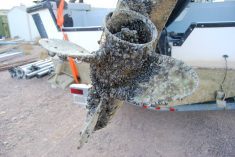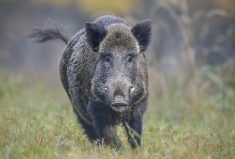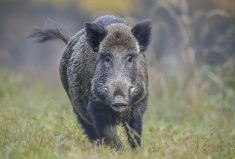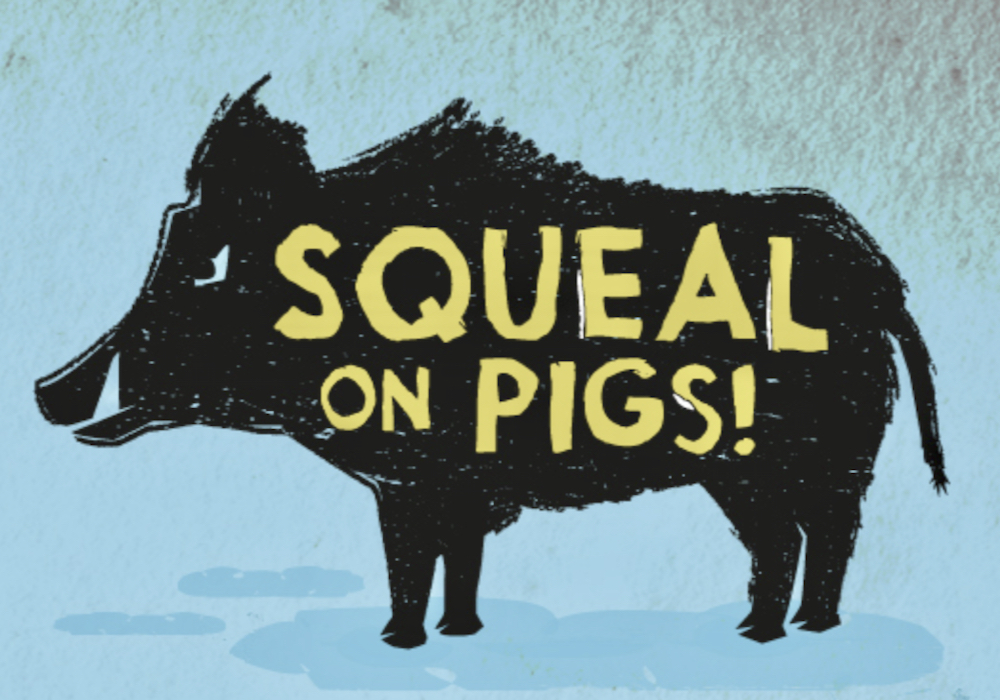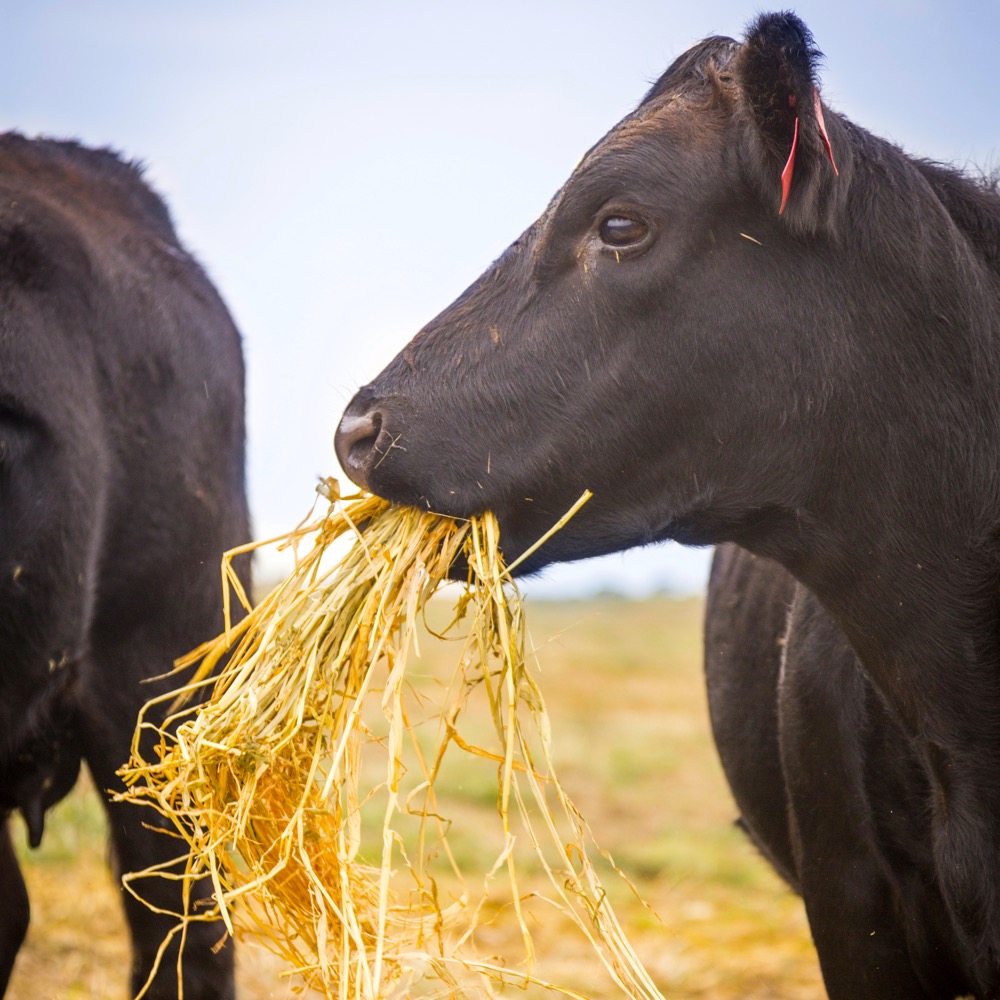Alberta has a new and sharper focus on invasive zebra and quagga mussels. It aims to keep them out, even as they threaten to encroach from the south and east.
“They’re native to parts of Europe and they are problematic for a number of reasons,” said Megan Evans, executive director of the Alberta Invasive Species Council.
The species are closely related and very good at reproducing.
Read Also

Moo translator and methane measures: There’s an app for that
Dalhousie University researchers use artificial intelligence to create new dairy farm apps that analyze cattle sounds and measure methane.
“One zebra mussel can produce a million eggs in a season, which is a rapid population growth. A single zebra mussel can filter one litre of water in a day, which takes all the plankton and algae out of the water ecosystem for the native species,” she said.
The mussels also attach to hard surfaces, which could be destructive and costly if they got into Alberta’s irrigation infrastructure. Mussels clump together and can clog infrastructure.
“They just kind of attach on top of each other and completely engulf and submerge any equipment that is around water,” Evans said.
Once they die, mussels wash up on onshore and destroy recreational opportunities.
“After a zebra or quagga mussel infestation, the shore will be covered with sharp mussel shells, and it’s usually quite stinky as they dry and decompose. We want to keep these things out of Alberta. The easiest way to manage them is to prevent them from establishing in the first place.”
The provincial government stepped up its efforts in 2024 and a record number of boats and watercraft were inspected. It added a roving inspection team and launched a multi-phase public awareness campaign to keep the invasive mussels out.

Grant Hunter, MLA for Taber-Warner and parliamentary secretary of agri-food, has been heavily involved with the mussel issue. He said that in 2014, there was a push to keep the mussels out, and 11 inspection stations were established. But as budgets got cut, the number of inspection stations dropped to four.
“Something happened down in Idaho. They had mussel infestations there, and it woke us up and reminded us again that there’s a reason why we want to keep them out.”
Hunter and other members of government have been working with a group of Albertans to ramp up efforts.
“We do need to be vigilant,” he said. “We have 70 per cent of Canada’s irrigation land right here in southern Alberta. We have billions of dollars of infrastructure and if those mussels got in, they would clog up the intakes and clog up those pipes. It would be in the hundreds of millions of dollars to try to mitigate infestation.”
The Alberta Invasive Species task force, of which Hunter is chair, was created to address gaps in the fight against mussels.
“We do have people that are passionate about this. We wanted to bring the brightest minds in Alberta together, trying to figure out some of the big gaps that we have.”
Hunter noted the inadequate number of boat inspection stations was identified as an issue so new locations were established. The task force has seven other recommendations that will be published in an interim report to be released in 2025.
Evans said mussels are most likely to arrive in Alberta by overland transport of boats that have been in infested water bodies. Mussels can attach to boat and water equipment. Microscopic larvae are free-floating in water and can be transported in any standing water or bilge.
“That’s why it is important to have people cleaning, draining and drying their boats,” she said.
Fines for failure to stop at a boat inspection station have increased from $4,200 from $600, the highest in North America. There’s also a $600 fine for failure to pull the bilge pull.
Inspectors at these stations will always ask where the boat has been, to determine the risk. This year, more than 1,300 boats and watercraft were inspected, the highest number since 2019. Evans said watercraft can include motorized or unmotorized vehicles, canoes, kayaks and stand-up paddle boards.
“All of these things are technically required to stop” at inspection stations, she said.
Hunter said the biggest concern is watercraft entering and leaving Alberta on the south and eastern borders.
“You want to boat, you should be thinking of invasive species and how you might be transporting them if you go in or out of the United States or Western Canada,” he said.
Canadian and American groups can work together to stop the spread.
“We do have a harmonization strategy between states and provinces and so that is good,” Hunter said.
Alberta is also watching how various states deal with their zebra and quagga mussel issues.
“I think we’ve got a good strategy. I feel positive about it. I always cross my fingers and hope that we don’t have these species come in because when they do get in, it’s tough to eradicate them. In Canada, we don’t have the same treatment options that they have in the States,” said Hunter.




